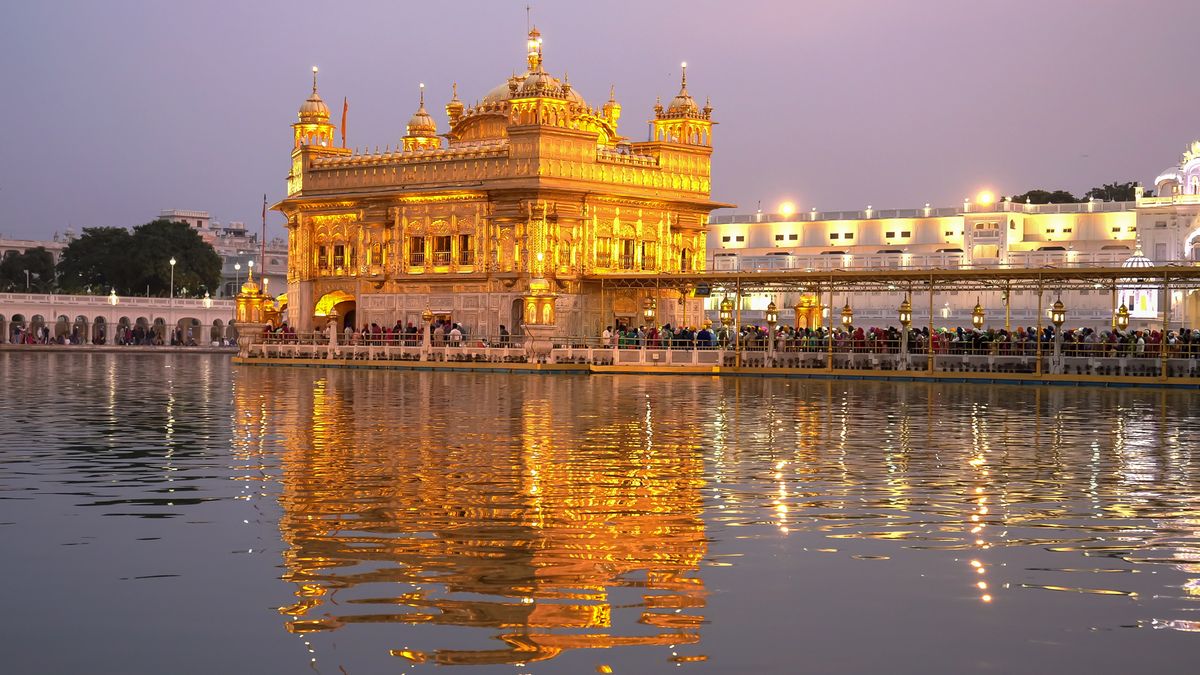See all Monuments in Krakow
Travelers also viewed these places similar to Rakowicki Cemetery
If you have been to Rakowicki Cemetery, share your experience
Review this placePlaces to visit nearby
- The Barbican (Barbakan) (1.3 km)
- Palarnia w Krakowskiej (0.8 km)
Things to do nearby
- 10% OFF SUMMER OFFER - Krakow City Tour (1.2 km)
- Krakow Free Walking Tour (1.2 km)
- Cracow City Tours (1.3 km)
Places to eat nearby
- Old Metropolitan Band (1.1 km)
- LAJKONIK PIEKARNIA I KAWIARNIA (1.3 km)
- Piekarnia Buczek (0.8 km)
Places to shop nearby
- Galeria Krakowska (0.9 km)
- Sephora (1 km)
- Smyk (1 km)





